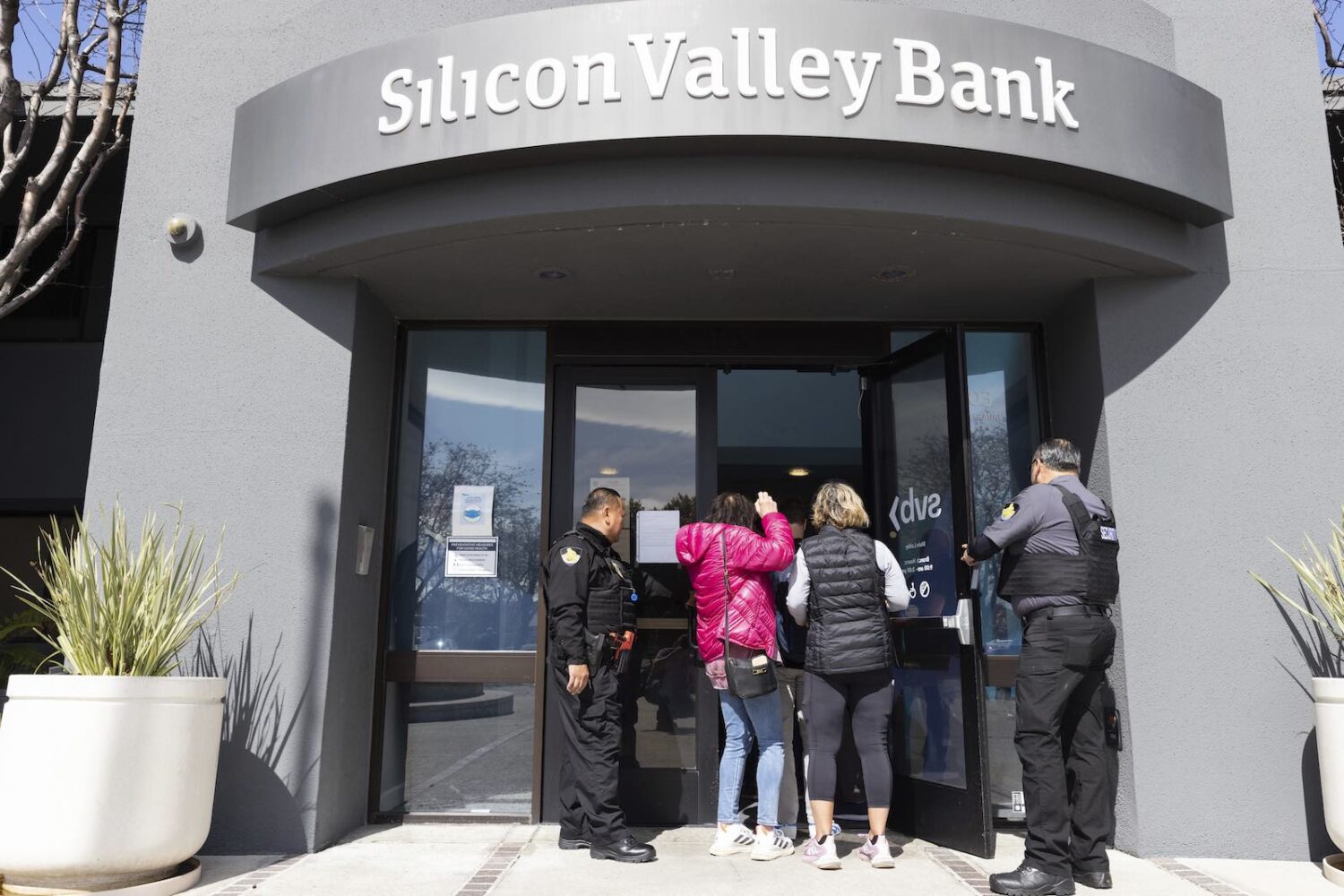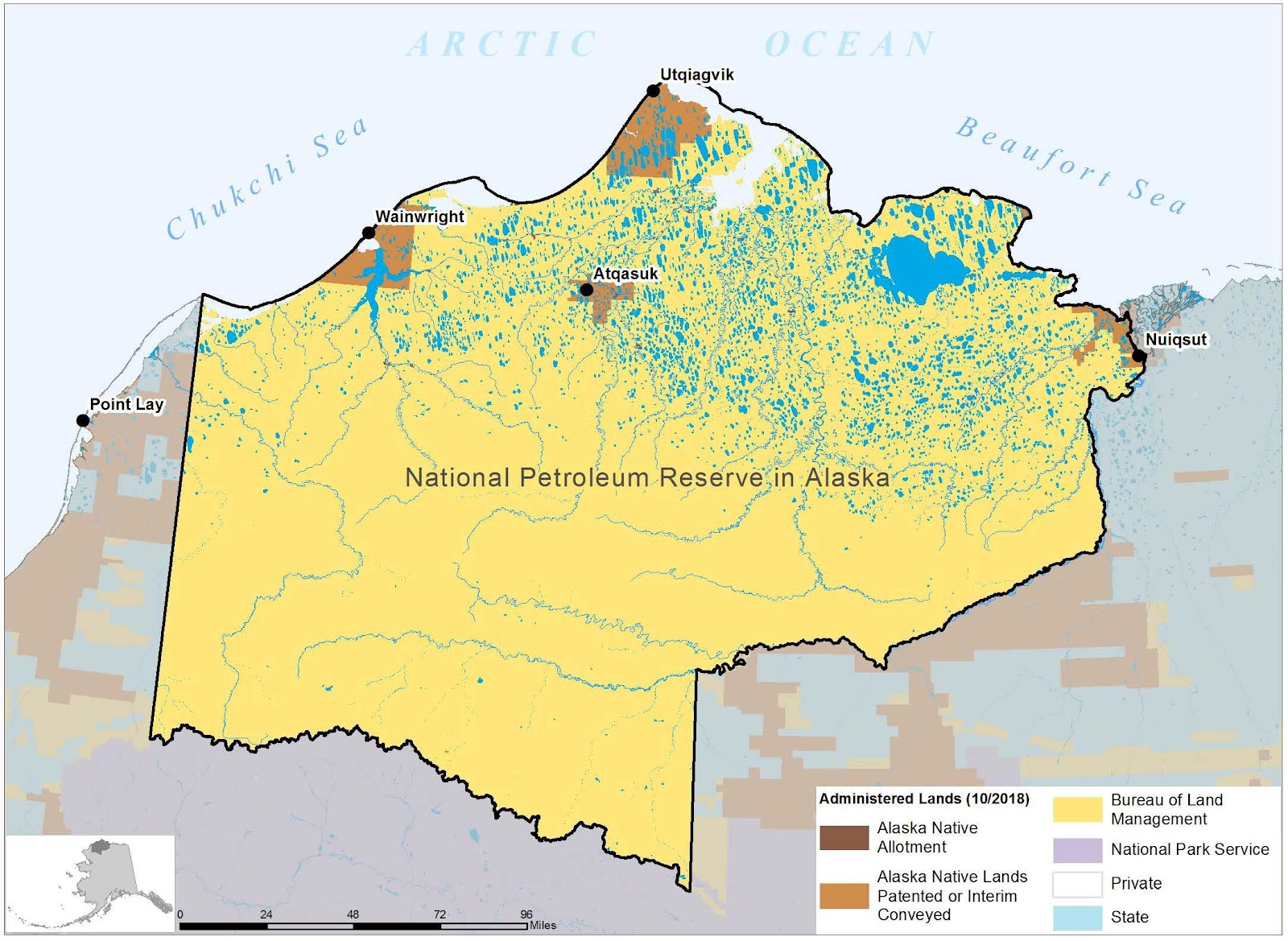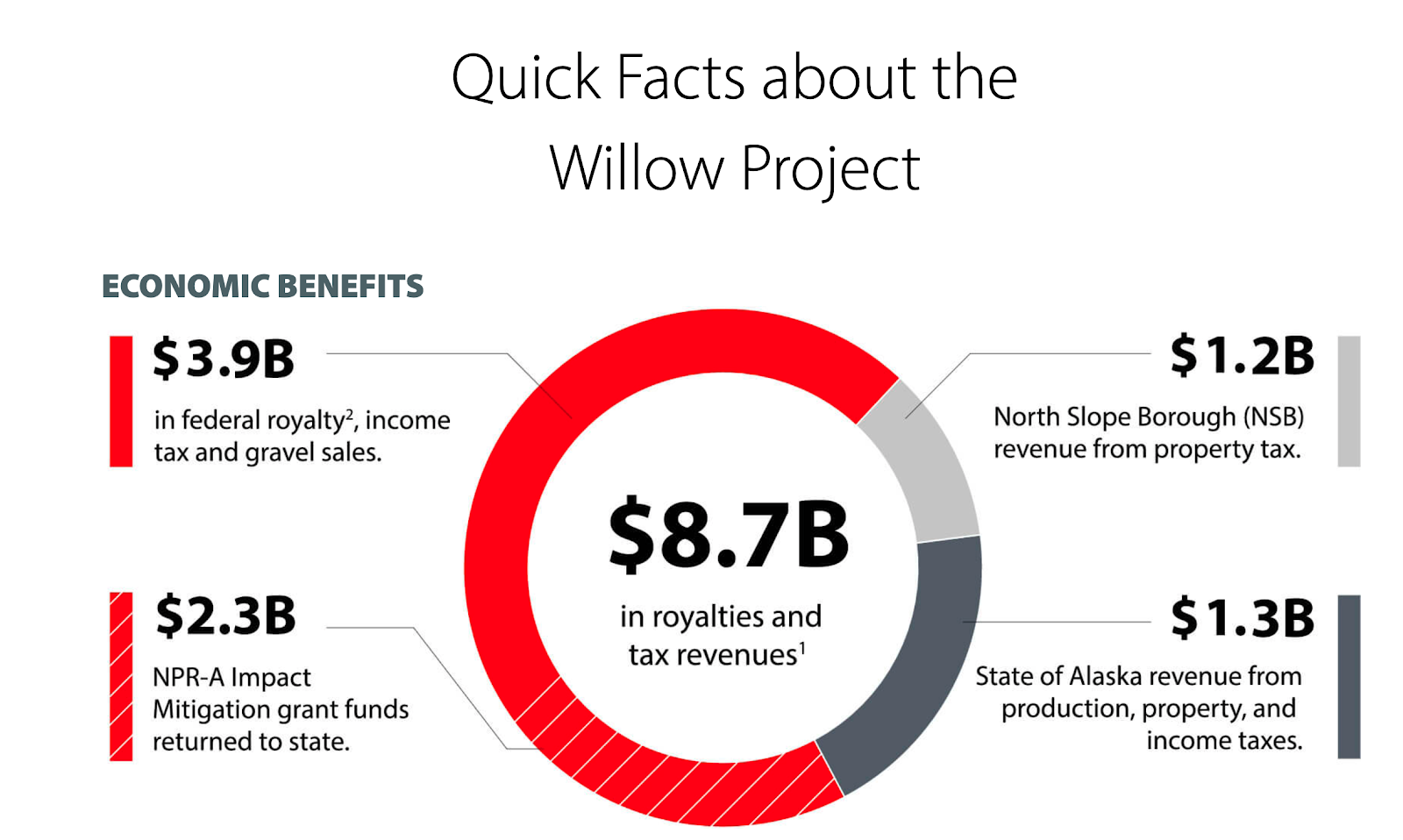After the 2008 banking crisis, Congress tightened regulations on the financial industry. But a decade later, urged on by President Donald Trump, Congress rolled back some of those regulations for smaller banks — like Silicon Valley Bank — that would have required more reporting and oversight. Left in place, those regulations might have detected the building troubles at Silicon Valley Bank before it imploded.
The Trump administration led the rollback of some of those regulations in 2018. The bill passed the House 258-159, with 225 Republicans and 33 Democrats voting for it. In the Senate, 17 Democrats joined a unanimous Senate Republican vote to weaken the banking rules. The Economic Growth, Regulatory Relief, and Consumer Protection Act, which Trump signed into law in May 2018, got loud backing from Silicon Valley Bank’s chief executive, Greg Becker.
Becker complained that banks like Silicon Valley spent thousands of hours needlessly conducting government-imposed “stress tests” to prove their financial stability. Trump said the regulations were crushing community banks and credit unions.
Signing the bill into law meant that Trump was exempting smaller banks from stringent regulations and loosening rules that big banks had to follow. The law raised the asset threshold for “systematically important financial institutions” from $50 billion to $250 billion.
This meant that the Silicon Valley Bank — which ended 2022 with about $209 billion in assets — was no longer designated as a systematically important financial institution. As such, it was not subject to the tighter regulations that apply to bigger banks.
President Joe Biden said Monday that deregulation law played a role in the weekend’s troubles and called on Congress to toughen bank rules.
Also on Monday, Trump posted a social media statement that the U.S. is heading toward a “great depression.” There is, of course, no proof that that is happening or will happen, and writing it in all caps, as Trump did, does not make it truer.
Why regional and community banks are important
Regional banks suffered the roughest Wall Street reaction Monday as investors and depositors wondered if the Silicon Valley Bank story would repeat. The size of the bank’s assets determines how much scrutiny it undergoes. (See chart here.)
Regional banks typically have between $10 billion to $100 billion in assets. They also typically have a number of branches in a region but don’t do business nationwide.
Community banks typically have less than $10 billion in assets. They focus on a much smaller area and often serve specialized needs, such as farming. Community banks also can offer loans to individuals who might not qualify for loans with big banks that do not know the individual or business seeking a loan. The Independent Community Bankers Association says community banks “provide roughly 60% of all small business loans and make more than 80% of agricultural loans.” And the group says community banks are often important corporate community citizens in ways big banks are not.
Smaller banks spent Monday trying to assure customers that they were on sound financial footing. (See a list of statements.)
A few weeks ago, Alexandra Scaggs wrote for the Financial Times that smaller banks were heading for tough times. Here’s why:
Even after the US’s recent reprieve from tightening financial conditions — which is looking more temporary by the day — borrowing is more expensive than it’s been in years, for both banks and their customers. And smaller banks have low reserves, high funding costs and greater exposure to risky markets like commercial real estate.
The Financial Times article points out that smaller banks get a greater share of their funding from loans compared to big banks. Because they have to provide more loans, they also are more aggressive in borrowing short-term liabilities to fund themselves. And, FT reports, “Small banks have lower amounts of cash on hand relative to their assets.”
And — this seems particularly important given the last few days — large depositors make up a greater share of small bank assets. As we saw during the Friday run on Silicon Valley Bank, depositors who have more than $250,000 in an account get especially nervous when ill winds blow. When they yank money from a smaller bank it causes a bigger ripple than a similar move at a $100 billion bank.
Is it time for FDIC to raise its insurance level?
The Federal Deposit Insurance Corporation insures deposits up to $250,000. For most people, that might seem like plenty. But remember that lots of money sitting in banks is in escrow or deposited by companies to fund payrolls. Fixing the Silicon Valley Bank problem is a short-term solution. A bigger question is whether the FDIC should raise its insurance limit, or have no limit, which would be a risky promise.
The FDIC is going to cover all accounts at Silicon Valley Bank and promises that taxpayers won’t pay the cost. Instead, banks will pay the costs in higher FDIC fees. But, eventually, customers and investors pay bills.
Google searches for FDIC shot up Monday, which may be a signal that journalists should explain the FDIC over and over. Here are some places to start:
- Is Your Bank Insured? The BankFind tool can help you find out if your banking institution is insured.
- Are Your Accounts Covered? Not all accounts, products, and investments are covered by FDIC insurance. Find out what is — and is not — covered.
- How Much of Your Deposits Are Insured? Use the Electronic Deposit Insurance Estimator (EDIE) to find out.
- Frequently Asked Questions about Deposit Insurance
- Deposit Insurance Brochures and Videos
Biden greenlights an Alaska oil drilling project
The Biden administration says it will allow a massive drilling project in the largest expanse of pristine wilderness in the United States. Construction would last for eight years, and drilling would run for 30 years.
ConocoPhillips will build the Willow Project inside the National Petroleum Reserve, which encompasses 23 million acres 200 miles north of the Arctic Circle.
Opponents launched online protests but many Alaskan communities, state officials and unions have written glowing endorsements supporting the project. (See a collection of the letters.)
The approval includes plans for rig workers to avoid encountering or interfering with polar bear and caribou migrations, and airplane traffic is to be minimized to avoid disrupting wildlife.
ConocoPhillips got the land lease in 1999 and has been trying to get a permit to drill in the region since 1998. The project could produce just under 2% of the nation’s entire oil production from one site, an enormous amount. ConocoPhillips claims:
ConocoPhillips’ Willow project is important for Alaska’s economy and for America’s energy security. Located on Alaska’s North Slope, Willow is one of the company’s most recent exploration projects. Estimated to produce ~180,000 barrels of oil per day at its peak, the project will strengthen America’s energy security and stimulate economic growth.
The Willow Project’s approval marks a major departure for Biden, who has railed against fossil fuels and once pledged “no more drilling on federal lands, period.”
The administration tried a few weeks ago to scale the Willow Project back to two drill pads but ultimately agreed to the company’s request for three drill pads. (Each pad could include up to 50 wells.) Conoco originally hoped for five pads, which would have allowed 250 wells. The project also includes “access and infield roads, an airstrip, pipelines, a gravel mine, and an ice bridge across the Coleville River to support module delivery via sealift barges.”
The Guardian quotes former Vice President Al Gore as saying it would be “recklessly irresponsible” to allow an enormous, controversial oil drilling project to proceed in Alaska. Gore said, “The pollution it would generate will not only put Alaska native and other local communities at risk, it is incompatible with the ambition we need to achieve a net zero future.”
“We don’t need to prop up the fossil fuel industry with new, multi-year projects that are a recipe for climate chaos,” Gore added. “Instead, we must end the expansion of oil, gas and coal and embrace the abundant climate solutions at our fingertips.”
ConocoPhillips says:
According to Bureau of Land Management (BLM) estimates, Willow could generate between $8 and $17 billion in new revenue for the federal government, the state of Alaska and North Slope Borough communities. During construction, Willow is expected to create as many as 2,500 jobs, with a majority of labor provided by union workers along with 300 permanent jobs.
Go deeper:
- U.S. Department of the Interior’s assessment of the Willow project
- ConocoPhillips’ briefing papers on the Willow project
- Detailed filings from the Bureau of Land Management including public input and the Fish and Wildlife assessment
The times in which we live
This post by Denver TV journalist Tori Mason caught my attention:
The Black hair care section at Target in Glendale is a WHOLE AISLE BOTH SIDES pic.twitter.com/HJXxTYMLAS
— Tori Mason (@ToriMasonTV) March 12, 2023
Her tweet got me looking through the market outlook for hair care products targeting Black consumers. And the market is booming. MarketResearch.biz says big chains are increasing their shelf space for such products:
The COVID-19 pandemic was a boon to the hair care industry, especially for the natural black hair. With the lockdown, most of the salons and barbershops were closed for the black community, which left them only with the option of self-care. Several companies and chain stores have reported increased sales of black hair-care products.
The Black hair market is expected to grow from $9.5 billion now to $15.3 billion in just a decade.









